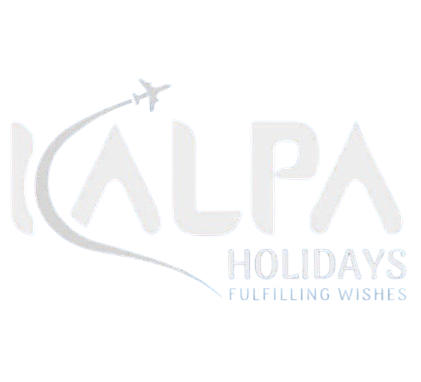The Langtang Valley Yala Peak Expedition extends an invitation with a harmonious blend of awe-inspiring landscapes and exhilarating challenges. This immersive two week adventure transcends the ordinary trek, evolving into a transformative odyssey through the heart of the Himalayas, ultimately culminating in the triumphant ascent of a majestic 5500 meter summit.
Commencing with a picturesque drive from Kathmandu, winding through vibrant countryside, the journey unfolds into the enchanting Langtang Valley. Here, a mosaic of rhododendron forests, cascading waterfalls, and traditional Tamang villages gracing verdant hillsides create a captivating backdrop. Each day reveals new vistas, from the quint Lama Hotel to the charming Langtang Village nestled beneath towering peaks, and the serene Kyangin Gompa, a Buddhist monastery radiating tranquility amidst the mountainous terrain.
However, the pinnacle of adventure awaits with the ascent of Yala Peak. Following acclimatizing hikes up Kyanjin Ri and Tserko Ri, Yala High Camp becomes the focal point, where anticipation crackles in the crisp mountain air. The summit day, though testing strength and resilience, rewards with panoramic vistas stretching to the horizon. On a clear day, the spectacle of Shishapangma, the 14th highest peak globally, unfolds—an unparalleled feeling of conquering a Himalayan giant.
Descending back to Kyangin Gompa, a resounding echo of accomplishment accompanies you. Retracing steps through the Langtang Valley, each bend in the path rekindles memories of icy glaciers, vibrant prayer flags fluttering in the wind, and the warm smiles of the local people. Upon returning to Kathmandu, your baggage carries not just souvenirs but a profound connection with the Himalayas and the enduring spirit of adventure that burned brightly within.
The Langtang Valley Yala Peak Expedition transcends a mere physical challenge; it is a voyage of self-discovery, a dance with breathtaking landscapes, and a testament to the indomitable human spirit. Lace-up your boots, pack your sense of wonder, and embark on this expedition destined to etch itself into your memories forever.
Langtang Valley Yala Peak Expedition Trekking Highlights
1. Immerse yourself in the breathtaking landscapes of Langtang Valley, surrounded by majestic snow-capped peaks and pristine natural beauty.
2. Experience the rich culture of the Tamang people as you trek through traditional villages, visit ancient monasteries, and witness unique customs and rituals.
3. Conquer the summit of Yala Peak (5520 meters), a thrilling adventure for those seeking a taste of mountaineering in the Himalayas.
4. Explore the diverse flora and fauna of Langtang National Park, home to rare species like the red panda and the elusive snow leopard.
5. Visit the ancient Buddhist monastery of Kyanjin Gompa, surrounded by awe-inspiring mountain views, offering a scene and spiritual experience.
6. Challenge yourself with high-altitude trekking, crossing glacial moraines, and taking in panoramic views of Langtang Lirung and other Himalayan peaks.
7. Enjoy the unique experience of camping in the Himalayan, surrounded by the tranquility of nature and the grandeur of the mountains.
8. Savor the flavors of traditional Nepalese and Tamang cuisine, providing a delicious cultural immersion during your trek.
9. Experience the genuine warmth and hospitality of the local people, creating lasting connections with the communities along your expedition.
10. Embark on an unforgettable journey that blends adventure with moments of reflection, creating memories to last a lifetime in the heart of the Langtang Valley.
Best time for Langtang Valley Yala Peak Expedition Trek
The best time to trek the Langtang Valley Yala Peak Expidition is during the spring and autumn seasons in Nepal. These periods offer the most favorable weather conditions, clear skies, and optimal temperatures for trekking.
Spring Season (March to May)
Spring is one of the most popular times to trek in the Langtang Region, which includes the Langtang Valley Yala Peak Expidition Trek. During this season:
- Weather Conditions: The weather is generally mild and pleasant, with daytime temperatures ranging from 10°C to 20°C at lower elevations, while higher elevations are cooler.
- Clear Views: The skies are typically clear, providing stunning views of the surrounding mountains, including Langtang Lirung, Dorje Lakpa, Ganesh Himal, and Yala Peak.
- Flora: The rhododendron and pine forests are in full bloom, creating a vibrant landscape with colorful flowers and lush greenery.
- Crowds: Though this is a popular trekking season, the Langtang Valley Yala Peak Expidition Trek trails remain less crowded than other treks in the Langtang Region.
Autumn Season (September to November)
Autumn is another ideal time to trek the Langtang Valley Yala Peak Expedition
- Weather Conditions: The weather is stable with clear skies, low humidity, and pleasant temperatures, similar to spring. Daytime temperatures range from 10°C to 20°C at lower elevations, while it is cooler at higher altitudes.
- Clear Views: Autumn is known for its crisp air, providing excellent visibility of the surrounding peaks and landscapes.
- Festivals: This season aligns with major Nepali festivals like Dashain and Tihar, offering cultural insights and opportunities to experience local traditions.
- Crowds: Though autumn is the peak trekking season in Nepal, the Langtang Valley Yala Peak Expidition Trek trails are less crowded compared to other treks.
Off-Season Considerations
While spring and autumn are the best time for the Langtang Valley Yala Peak Expidition, some trekkers prefer off-season trekking for a unique experience. However, these periods come with challenges:
- Winter Season (December to February): Trekking in winter offers solitude and stunning snowy landscapes, but temperatures can drop significantly, especially at higher elevations. Trails might be icy, and some teahouses could be closed.
- Monsoon Season (June to August): The monsoon brings heavy rain, making trails slippery and increasing the risk of landslides and leeches. The clouds and rain can also obstruct mountain views.
Overall, spring and autumn offer the best combination of weather, views, and cultural experiences, making them the ideal times to trek the Langtang Valley Yala Peak Expidition. If you’re planning a trip during the off-season, be prepared for additional challenges and always check weather forecasts and trail conditions in advance.
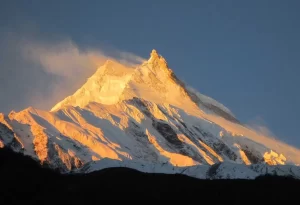 Trekking
Trekking
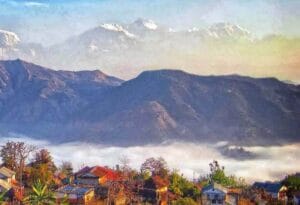 Trekking
Trekking
 Trekking
Trekking
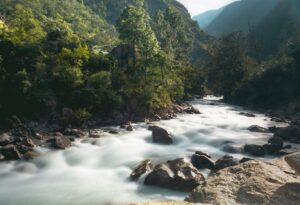 Trekking
Trekking
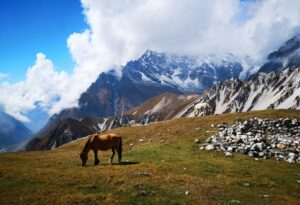 Trekking
Trekking
 Trekking
Trekking
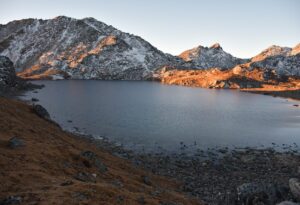 Trekking
Trekking
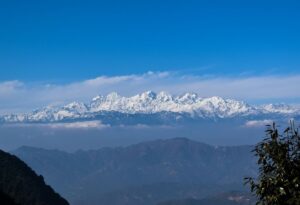 Trekking
Trekking
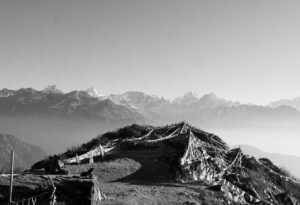 Trekking
Trekking
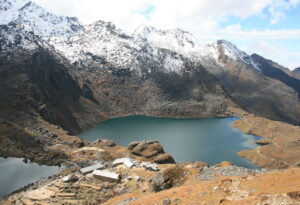 Trekking
Trekking
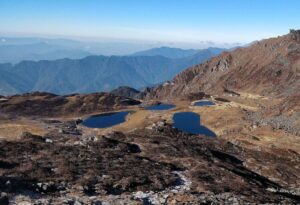 Trekking
Trekking
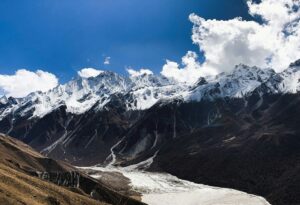 Trekking
Trekking
